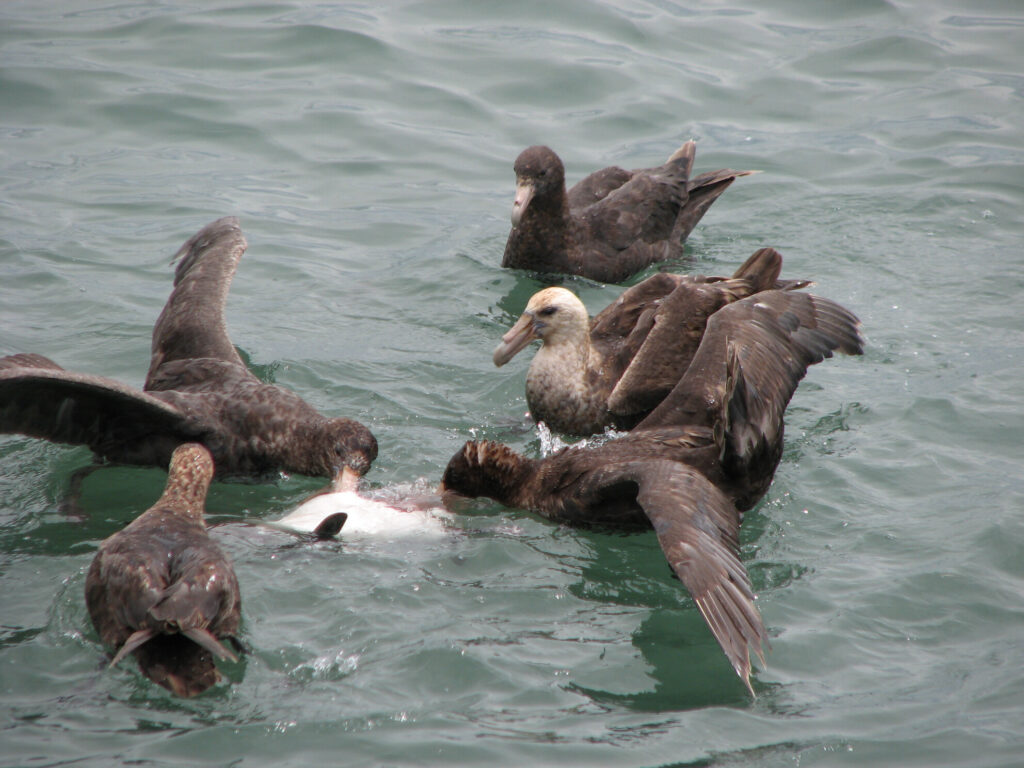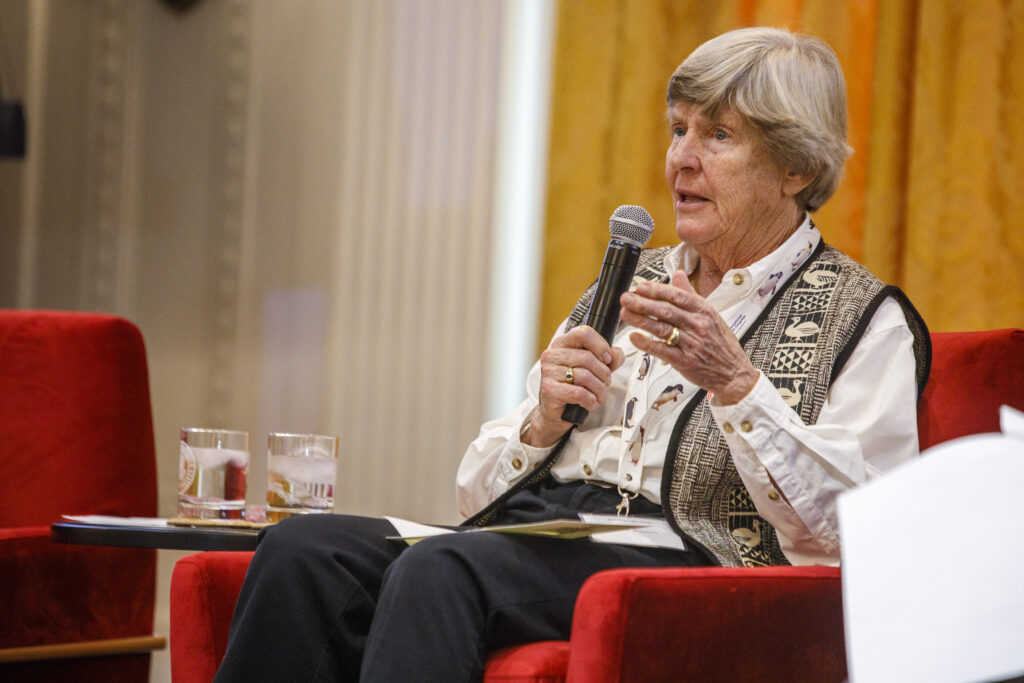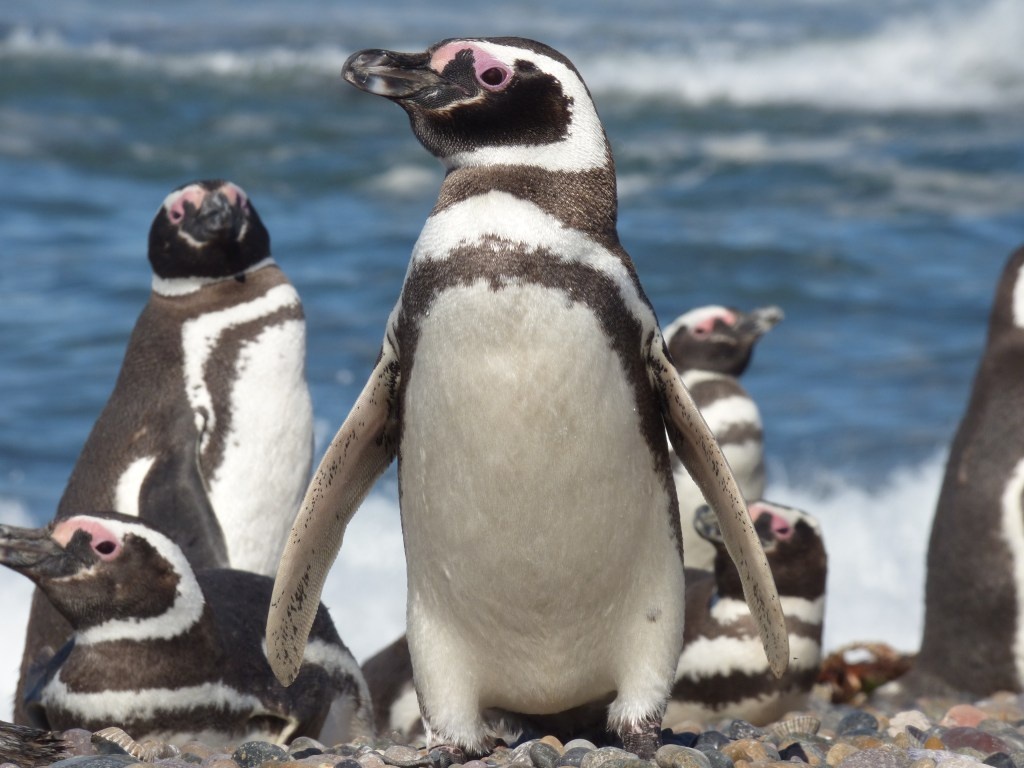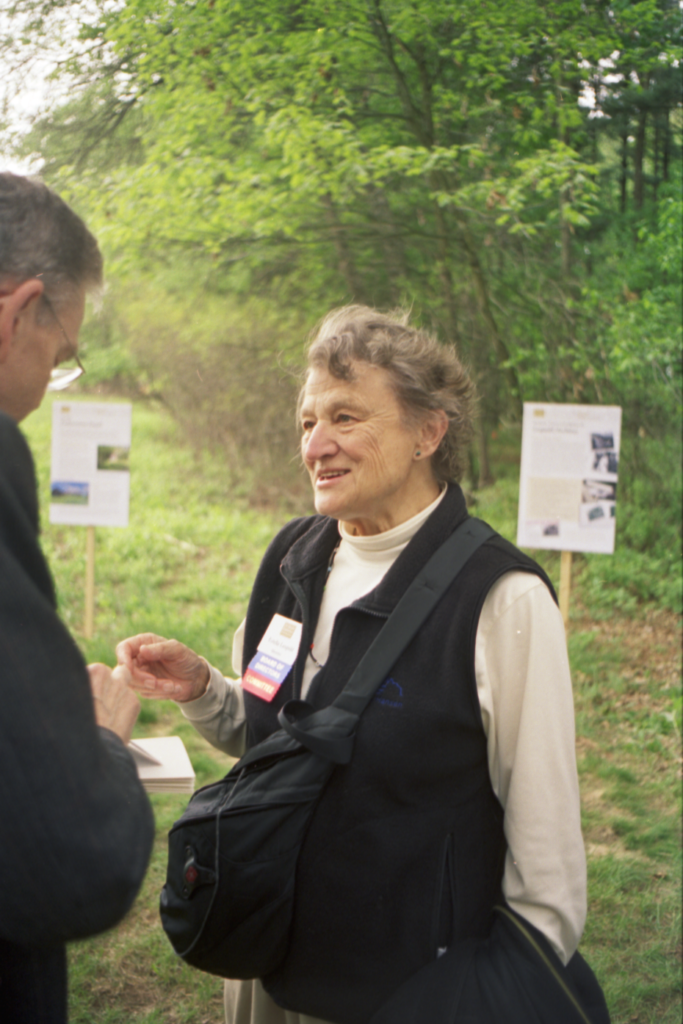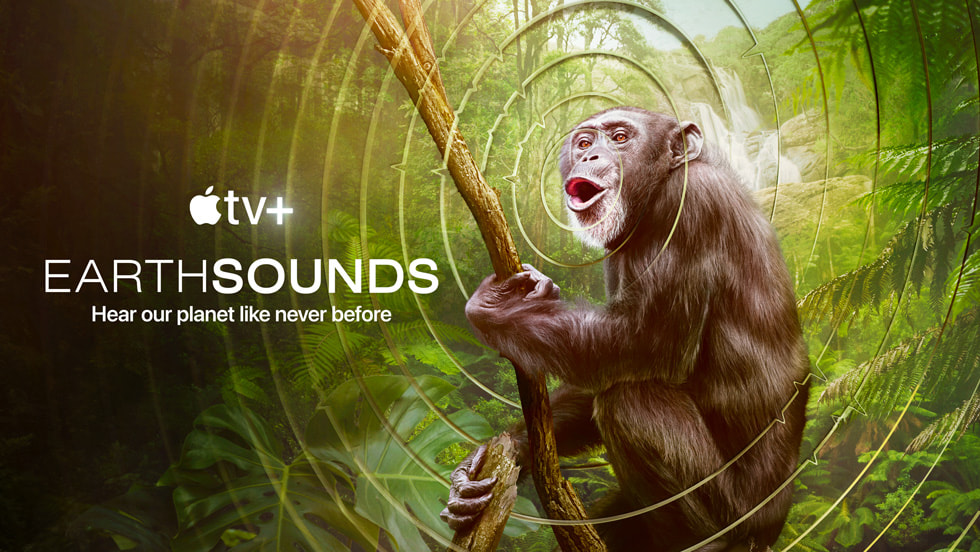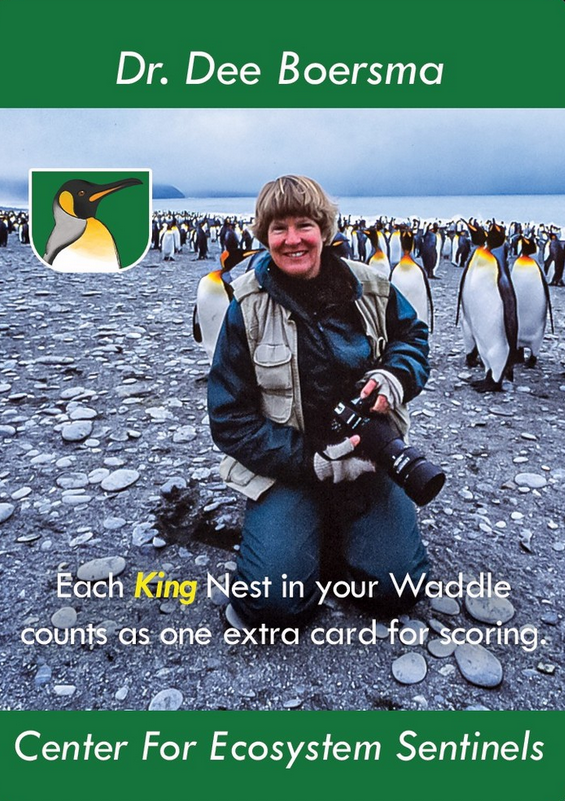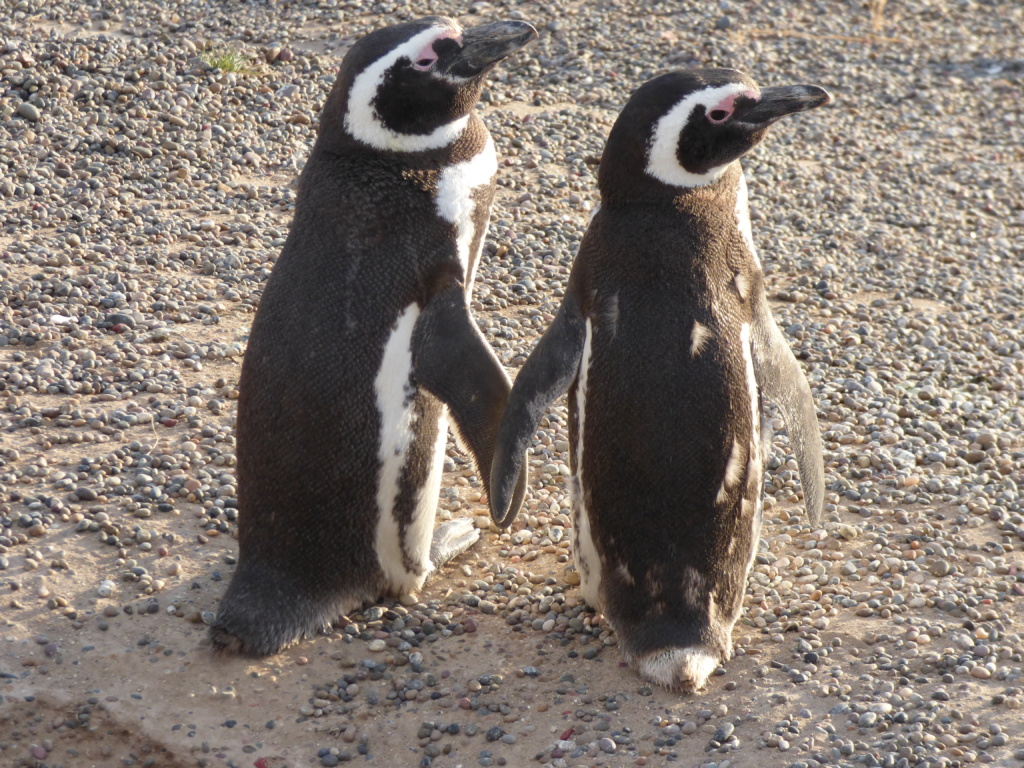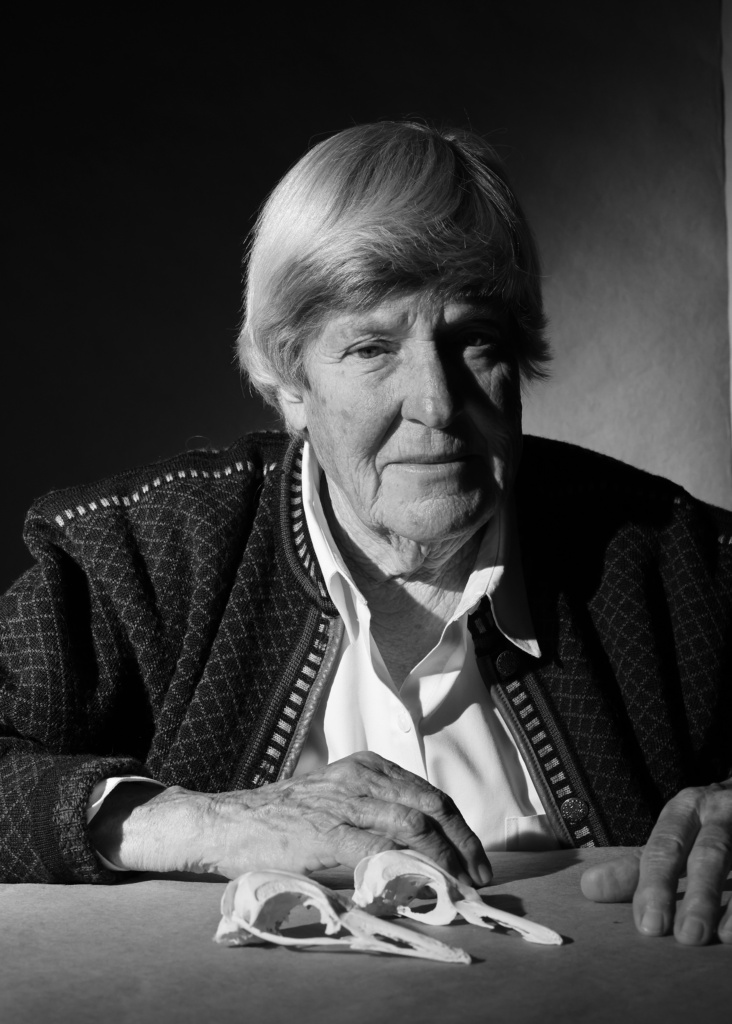A fearful scourge to the penguin colonies: Southern giant petrel (Macronectes giganteus) predation on living Magellanic penguins (Spheniscus magellanicus) may be more common than assumed
Authors: Dr. Ginger Rebstock and Dr. P Dee BoersmaJournal: Marine Ecology Press SeriesDOI: https://doi.org/10.3354/meps14476 Excerpt from abstract: Southern giant petrels (Macronectes giganteus) are important consumers that range across the oceans throughout the southern hemisphere […] Here we describe a predation attempt by a trio of southern giant petrels on a molting adult Magellanic penguin (Spheniscus magellanicus) at the large colony at Punta Tombo, Argentina […] We suggest that living penguins—both fledglings and adults—may constitute a more seasonally significant proportion of the giant petrel diet than previously assumed, and their capture may represent a specialized predation technique.
